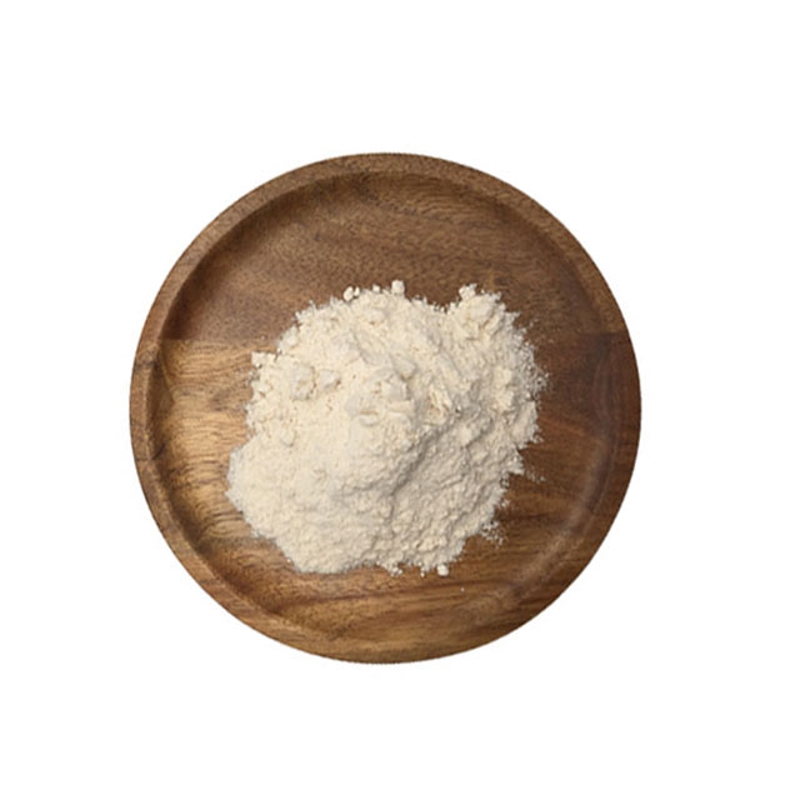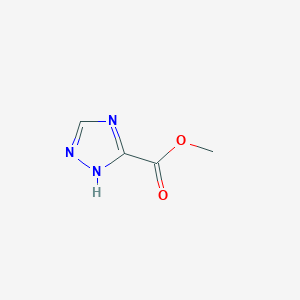-
Categories
-
Pharmaceutical Intermediates
-
Active Pharmaceutical Ingredients
-
Food Additives
- Industrial Coatings
- Agrochemicals
- Dyes and Pigments
- Surfactant
- Flavors and Fragrances
- Chemical Reagents
- Catalyst and Auxiliary
- Natural Products
- Inorganic Chemistry
-
Organic Chemistry
-
Biochemical Engineering
- Analytical Chemistry
- Cosmetic Ingredient
-
Pharmaceutical Intermediates
Promotion
ECHEMI Mall
Wholesale
Weekly Price
Exhibition
News
-
Trade Service
According to the latest data on drug retail terminals published in the 2017 Blue Book on the Development of china's Pharmaceutical Market (hereinafter referred to as the Blue Book), the total number of pharmacies in China in 2016 was 447,000, down 0.23% YoY. The new version of GSP continuously improve the operating threshold of retail pharmacies, the strengthening of supervision of retail pharmacies to rectify and regulate, so that the total number of pharmacies to slow down the upward trend. "Blue Book" combing found that the proportion of monolithic pharmacies continued to fall to 50.63 percent, monolithic pharmacies continue to narrow the living space.
Under the background of policy guidance, health industry upgrading and changes in consumer demand, retail drug use is more reasonable, the business model of retail pharmacies is extending to service and medical, pharmacies must rely on scale and professional service capacity to survive. Specifically, in the past year, the development of retail pharmacy terminals has the following new trends.Third factors pull down the overall growth rate
with prescription drug purchase, ticket peers, zero rate impact, pharmacy growth slowed from previous years
meters net latest statistics show that the first half of 2017 drug retail terminal market share was the same as in 2016, in the three major terminals in the six major markets accounted for 22.5%. Retail pharmacy terminal drug sales continued to grow, but at a slower pace, reaching 181.3 billion yuan in the first half of 2017, up 8.0% year-on-year.
retail pharmacy terminals include two major markets: brick-and-mortar pharmacies and online pharmacies. In the first half of 2017, sales in the physical pharmacy market were 177.8 billion yuan, up 7.5 percent, while drug sales in the online pharmacy market were 3.5 billion yuan, up 45.8 percent year-on-year due to a small base.
" physical pharmacy growth slower than in previous years, mainly due to a number of reasons, such as the local drug regulatory bureaus to increase efforts to check pharmacies to buy prescription drugs on prescription; Zhang Steping, general manager/principal researcher of Minenet, pointed out.
" new version of the GSP emphasizes the establishment of the commodity information system, requiring that the money bill account is consistent, but at present is a different line of tickets. Lee, general manager of OTC, Said, also pointed out that this means greater tax administration and higher tax costs. Whether or not the tax ticket, commercial companies must issue tax tickets, "no tax ticket is cheaper" will be unsustainable, meaning that small chains and single stores no longer have a price advantage, chain competitiveness is strengthened.
Addition, some market professionals believe that after 2017, the retail market is unlikely to change much, and may even affect the market growth rate of retail pharmacy terminals due to the introduction of graded treatment and the improvement of the drug use capacity of primary-level doctors.
, there has been good news in recent days. Reporters noted that on August 7, Shenyang Municipal Food and Drug Administration said that it is exploring the promotion of retail pharmacies "multi-certificate in one" reform, for the simultaneous operation of drugs, medical equipment, health food retail pharmacies, in its drug licensing to implement a one-time application, one-time acceptance, one-time review One-time on-site inspection, and within 15 working days unified issuance of business licenses, shorten the approval time limit of 82%; The promulgation and implementation of the series of policies will undoubtedly open the green channel for the future development of retail pharmacies.'s share of chemicals is slightly higher
in 2016, the share of chemicals in China's physical pharmacies was 52.01 percent, while the proportion of traditional Chinese medicines was 47.99 percent
According to the Blue Book, sales of retail pharmacy terminals (including drugs and non-drugs) in China in 2016 were 492.9 billion yuan, an increase of 10.5 percent. Among them, the sales scale of physical pharmacies (including drugs and non-drugs) was 464.4 billion yuan, accounting for 94.2% of the share, a growth rate of 7.6%, and the sales scale of online pharmacies (including drugs and non-drugs) was 28.5 billion yuan, accounting for 5.8% of the share, a growth rate of 96.7%. The average size of each brick-and-mortar pharmacy (including pharmaceuticals and non-drugs) reached 1.039 million yuan in 2016, up 7.9% from 2015, which is related to the increase in the consumption capacity of the population and drug prices.
2016, drug sales at retail pharmacy terminals amounted to 337.5 billion yuan, up 8.5% YoY, while drug use in both physical pharmacies and online pharmacies was 332.7 billion yuan and 4.8 billion yuan, respectively.
data show that in 2016, the proportion of drugs in China's physical pharmacies was 72.6%, up 1.2% from last year, affected by the medical insurance reimbursement policy of physical pharmacies, drugs are still the main category of physical pharmacies, the proportion of pharmaceutical products has increased slightly, while the proportion of health care products, equipment categories have shown a decline.
2016, the share of chemicals in China's physical pharmacies was slightly higher, at 52.01 percent, while the proportion of Chinese medicines was 47.99 percent. In terms of the classification of the physical pharmacy chemicals market, Rx dominates and has a significantly higher market share than OTC and dual-cross varieties. In the physical pharmacy chemicals market in 2016, Rx accounted for 67.66 percent of sales, OTC for 30.50 percent and dual-span varieties for 1.84 percent.
is also worth noting the performance of Chinese medicine. In 2016, a series of policies, such as the Outline of the Development Strategy plan for Chinese medicine (2016-2030) and the 13th Five-Year Plan for the Development of Traditional Chinese Medicine, were launched, and the development of Chinese medicine ushered in the spring. According to the analysis of the Blue Book, traditional Chinese medicine, which is an important pillar of Chinese medicine, occupies a considerable scale in physical pharmacies, with the largest proportion of sales of chinese traditional medicine OTC, at 56.57 percent, followed by Rx at 27.16 percent, and double-crossed medicine at 16.27 percent.The best-selling of these varieties
slow-disease drugs and common disease drugs have become the main driving force of the growth of the retail pharmacy market
meters of intranet analysis shows that in 2016 China's urban retail pharmacies terminal chemical drugs from the growth rate, blood and hema production system drugs, reproductive urinary system and sex hormone drugs increased relatively high, while respiratory, muscle-bone system, cardiovascular drugs, the growth of the three categories of drugs is also considerable.
Blue Book data show that digestive and metabolic drugs, cardiovascular drugs, systemic anti-infective drugs and respiratory drugs for the domestic urban physical drugstore chemical market share of the top four, the top four best-selling varieties are atvastatin calcium tablets, hydrochlorochloride tablets, silvine tablets, benzodiagenol tablets.
the major categories of the Chinese medicine market, respiratory disease medication, skeletal musculoskeletal disease medication, digestive disease drug market share is the highest. At the top of the list is the rehydration of blood-replenishing drug A gum, becoming the market share of Chinese medicine products TOP1, accounting for 5.99%.
, the use of drugs for chronic diseases and common diseases for the elderly has become the main driving force for the growth of the retail pharmacy market.
, China has entered an aging society, with an estimated 300 million by 2030 and one-third of its population by 2050. Based on the current total amount of medical and health resources is insufficient, the quality is not high, and pharmacies as an effective complement to medical and health resources, with the aging of the population continues to grow, will usher in a blowout in the market for slow-disease drugs.
to this industry suggested, "doing a good job of slow disease management means to stabilize the supply of pharmacies, in the fierce pharmaceutical retail market competition to seek greater survival and development space." (Medical Economics)







